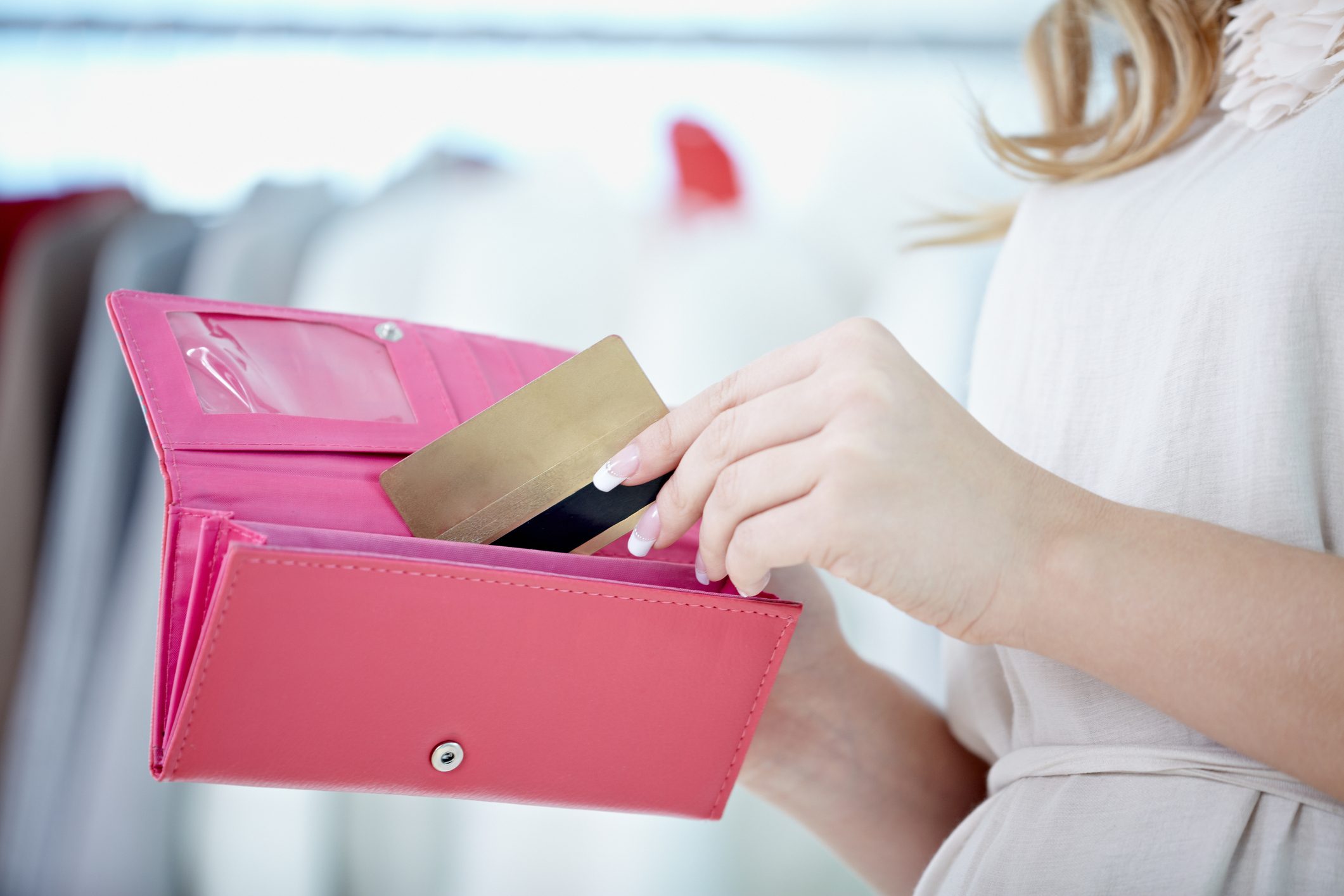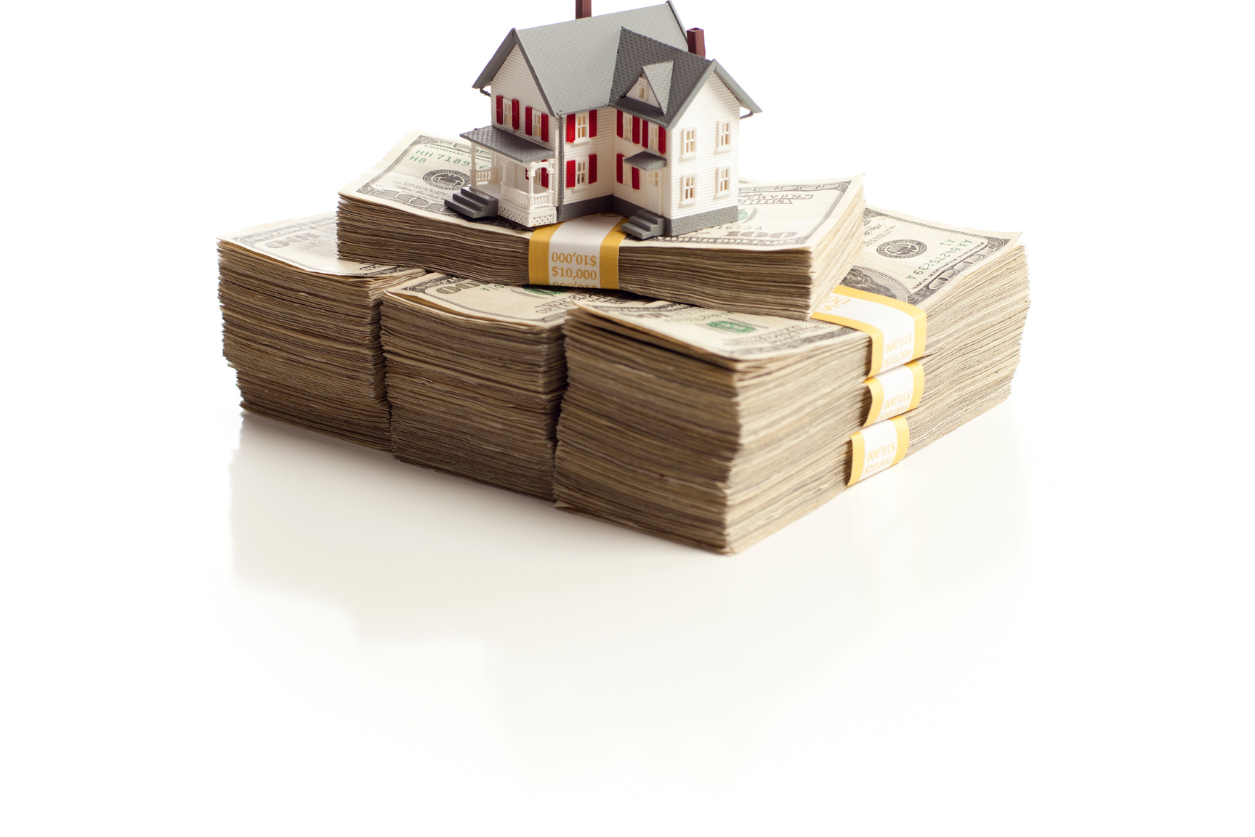Some pretty shocking news has circulated about our younger generations. Even though the target specifically critiques a certain age of people, we felt it helpful to share an article that everyone can use. What’s the hype, you ask? Well, Forbes recently released, “Shop Like A Millennial: Lots Of Impulse Buying, No Big Ticket Items”. That’s pretty crazy. So, if you ever found yourself loading up your cart with things you did not intend to buy, we’re going to show you how to stop it.
A few things you should know about impulse buying…
It happens to the best of us. Impulse buying technically means purchasing anything without previous intention. You grabbed it on a whim. And you know what else? It was most likely because of marketing. Yep. A great looking product in a bright shiny box seems like a nice thing to have … Until you realize that the home upgrade, or the new car you dreamed about, won’t come true due to lack of finances. Thus, why you should know a few things about impulse buying and marketing.
1. The most attractive products are usually shelved at eye level. Additionally, in regards to mall shopping, the items the marketers want you to purchase most will have their own spot in the window display.
2. Marketers depend on your triggers. Happiness, fulfillment, and exclusivity are just to name a few.
3. Lastly, they pair items that work well together. You love those flashy red shoes, so it goes without question that you’ll ALSO love the matching flashy red purse. Stores have items paired together all the time as a way to increase impulse buying.
Before shopping again, make a plan.
Ask yourself, do I really need anything? If you do, make a list and plan to purposefully obtain only that item. For instance, when creating a grocery list, write down the necessities. Tell yourself, before you walk in the store and start impulse buying, that you are going to stick to the list. If it is not written down, it will not go in your cart. Period.
Try no spending spurts.
To develop your strength against impulse buying, implement a no spending period. Start with only three days. For this time frame, you will not buy anything at all. Crazy, right? We know; but it works. You’ll begin to build a tolerance for that itchy shopping finger. After you’ve successfully completed three days, give yourself a short break and increase to a week. You’ll be surprised how quickly your spending habits begin to alter.
Don’t forget rewards.
Okay, so the whole reason to stop impulse buying is to utilize your money in a better way. You need a reward system in place for all of this good behavior. Let’s say you complete a no spending cycle, have yourself a predesignated mini reward. Set aside a little “fun money” that you get to use when you finish your calculated amount of days. It will give you that blissful feeling in replacement of the original impulse.
Millennial or not, listen up!
Who knows if Forbes is up to anything when they targeted Millennials and their spending habits. However, on the contrary, what we can conclude, is that financial responsibility adheres to any age. We hope you’ve found the benefits associated with this article about impulse buying helpful. Make sure to continue following our blog for even more tips and recommendations.[/vc_column_text][/vc_column][vc_column width=”1/3″][vc_widget_sidebar sidebar_id=”page-sidebar”][/vc_column][/vc_row]








